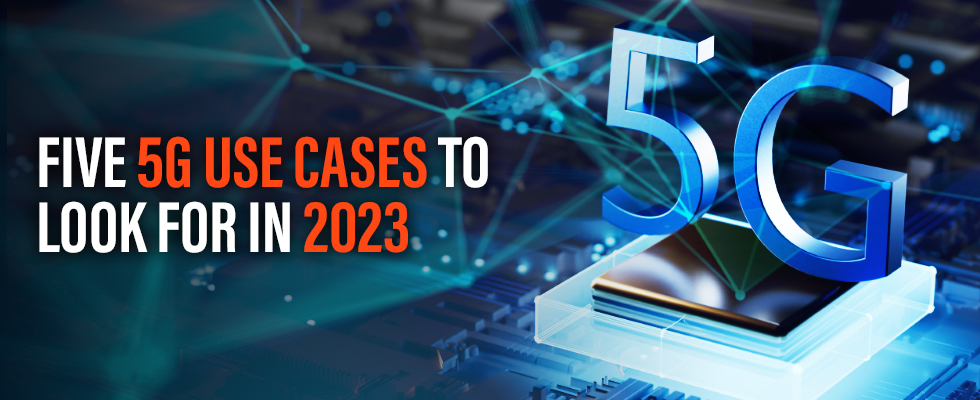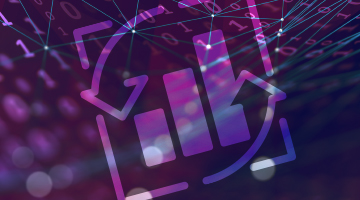There’s going to be a lot of crazy tech-related predictions for next year. This blog may even be the fourth or fifth (or tenth, for that matter) “2023 predictions” blog you’ve read. But with 5G use cases at the top of so many people’s minds right now, it’s probably a good time to take a look at what’s coming with 5G for 2023.
Why am I so confident about these predictions? Because they’re grounded in actual conversations we (Volt) are having with the people who are actively solving these problems. I’d like to think of these as the first lab-to-real world 5G use cases. They’re fun and interesting, and they have plenty of important real-world implications and applications that will likely affect our lives in some way.
Let’s have a look.
Table Of Contents
1. Child Safety
I know what you’re thinking: What can possibly be the link between child safety and 5G? While it’s slightly tenuous, the idea is around IoT- and 5G-enabled smart traffic lights near schools. Bigger cities are now using 5G as a more cost-effective way to connect their cameras and traffic lights. Major urban areas have finite road capacity that requires proper management to maximize use and minimize the risk of accidents. In an effort to reduce accidents involving children, many cities are now implementing AI- and machine learning-based smart traffic light systems that use the power of 5G to intelligently time traffic lights and reroute traffic to alternative routes during pick-up and drop-off times.
2. Robotics
Because of the increased bandwidth it provides, coupled with edge-based compute nodes providing ultra low latency decisions, 5G has made it possible to have 100% human-free factories and warehouses where autonomous robots don’t just stand there doing rote tasks but can make on-the-fly decisions to deal with changes in their workflow, including handling unexpected objects as they move things around. To do this, they use centralized processing with ultra low latency decisions ensuring they don’t get in each other’s way or simply stop moving when fallen objects (or other robots) block their path.
3. IoT Anomaly Detection and Subscription Management
The capabilities of 5G networks have led to massive growth in the number and diversity of IoT devices. With service providers offering specific IoT connectivity as part of the original device purchase, there is now scope for fraudulent use of 5G connectivity by users who take the embedded connectivity and use it for something else. Some of these devices are assets in fixed locations, while others are embedded in mobile devices where the usage patterns and network demands vary enormously. Using ML models, 5G-enabled technology can detect anomalies and trigger actions in real time to proactively prevent fraud.
Also, as IoT devices become more widespread and diverse, they are no longer confined to static devices but are now roaming around and often operating both within a CSP and internationally between carriers. Given that these devices aren’t human and hence won’t be calling customer care when there’s a change in usage pattern (such as first-time roaming abroad), tracking their location and handling their roaming authorizations and billing feeds requires 5G-enabled real-time decisioning in order to detect and prevent fraud while allowing genuine usage.
4. Edge Infrastructure Monitoring/Management
Edge-based components such as the controllers in a 5G base station are now virtualized, which means they can be managed remotely instead of having to send field engineers to the physical sites with replacement hardware. However, monitoring and managing thousands of widely distributed devices is challenging due to the cost of transmitting all the data back to a central platform. This is where a special kind of data platform can help. Ideally, the platform provides small clusters deployed close to the edge that manage local nodes. Decisions that can be made at the edge are made there, but when data needs to be consolidated and aggregated with data from other edge clusters or from the 5G Core, only the valuable consolidated data is sent from the edge to a higher tier cluster for further processing and action generation.
5. Network Slicing Management
CSPs want to be able to offer enterprises dedicated network slices with guaranteed SLAs, but if an enterprise is paying for guaranteed SLAs, the CSP needs to be able to determine how the slice is performing (the actual user experience of devices on that slice) and take action in real time to avoid missing defined SLAs. The challenge is having a clear view of how a slice is performing at specific locations that the enterprise cares about and being able to take appropriate action to scale capacity at those specific locations before the user experience drops below the pre-defined level of quality. Combining metrics from edge nodes with metrics from the 5G Core helps with slice management by making it easier to determine actual user experience and take action before SLAs are breached.
So there you have it. It’s worth mentioning that the foundational technology underpinning all of these use cases will be your data platform, which, to support them, will need to be able to do things like zero-lag complex event processing, real-time aggregation, AI/ML inferencing, and real-time decisioning. So if your company is participating in one of the above use cases, you might want to assess your data platform and investigate if it’s providing these capabilities. Volt Active Data was designed for 5G-based use cases like these and is already involved in all of the above. Learn more about us here.



